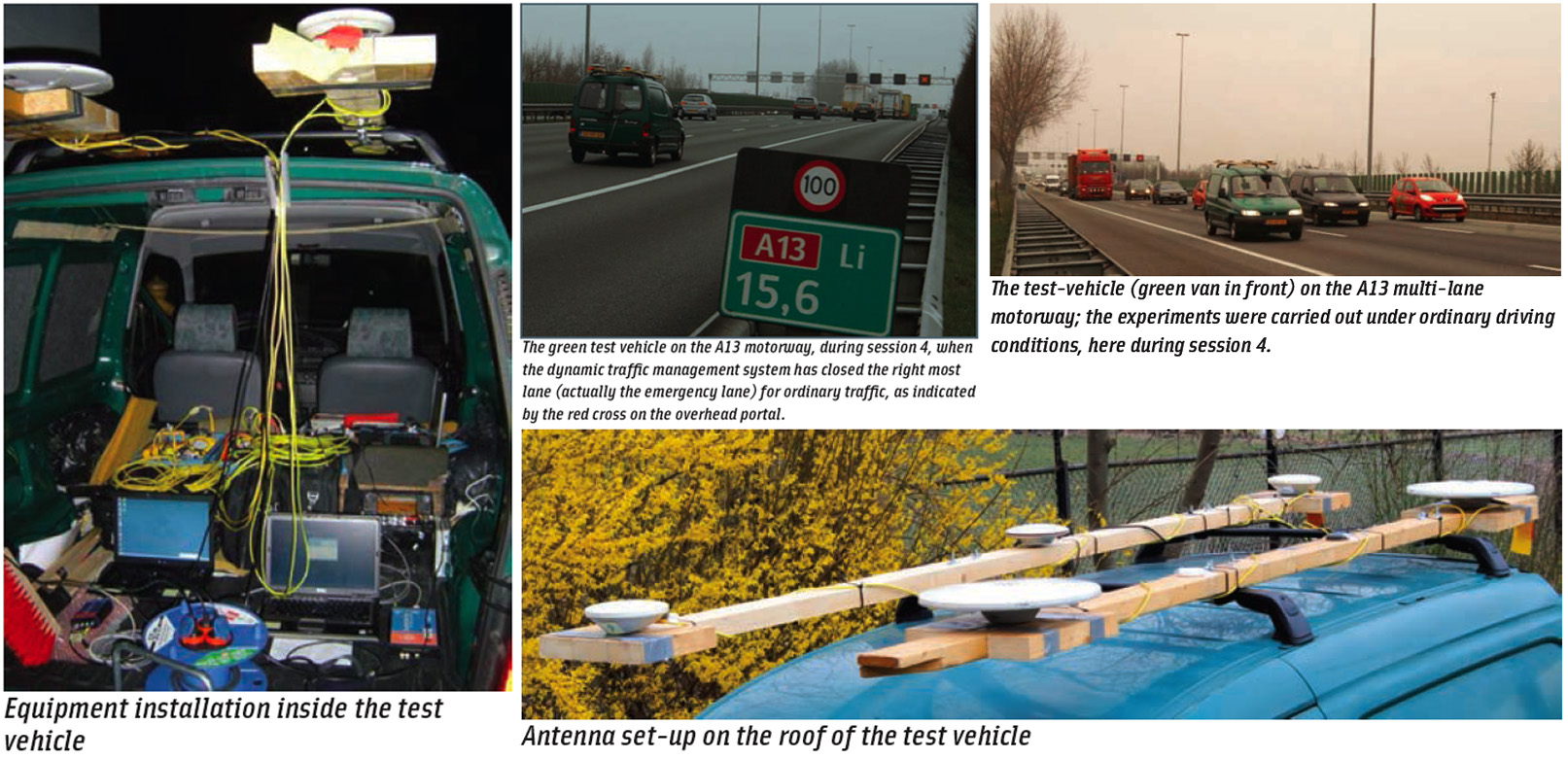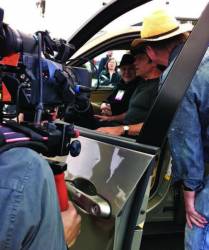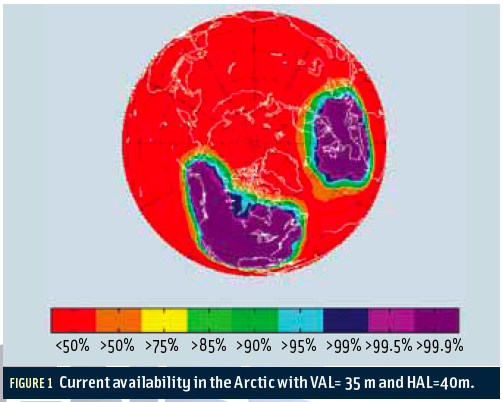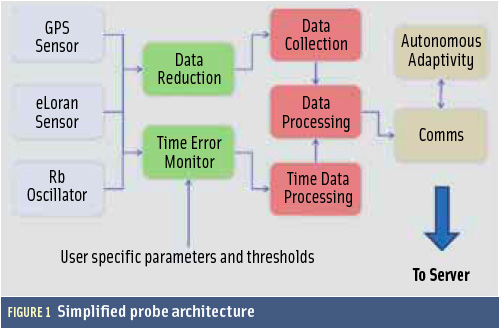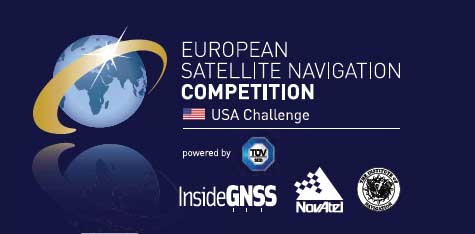New Austerity Squeezes GPS as DoD Tightens Its Belt
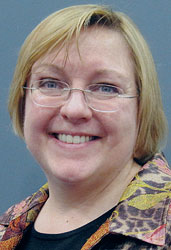
Embracing the need for debt-driven discipline, the White House has revised its strategy for the nation’s defense, taking a more fiscally constrained approach that reduces the number of troops and future spending on defense systems.
The new plan, formally announced January 5, was already being put into effect last summer. “The strategic guidance was the compass by which we steered the budget review leading to the president’s budget for fiscal year ‘13 and the years thereafter,” Deputy Secretary of Defense Ashton B. Carter told reporters.
By Dee Ann Divis


